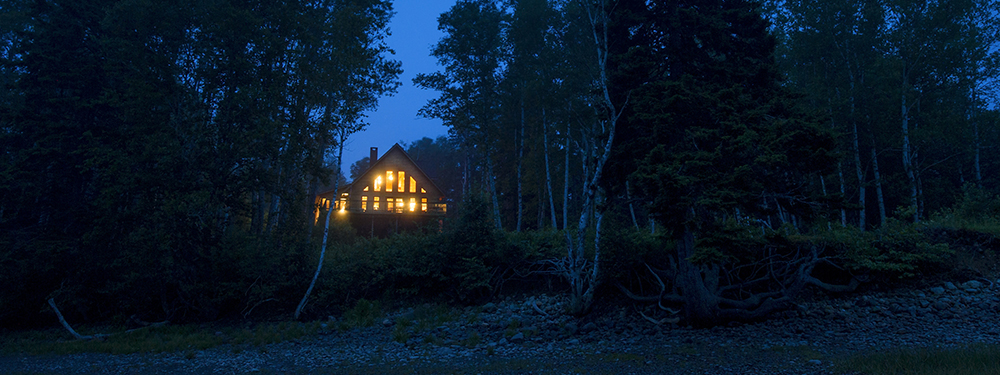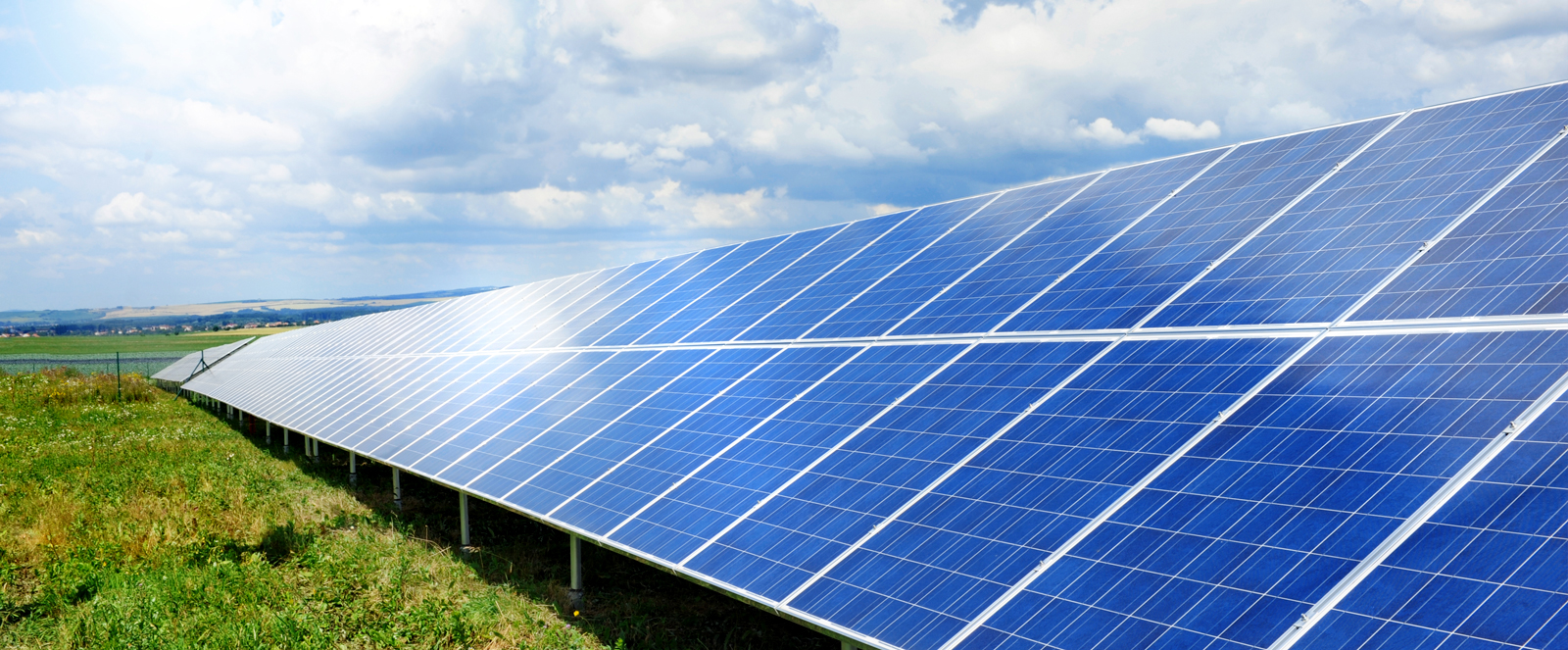If you’re a farmer or rancher, you may be discovering the benefits and security that come with converting part of your land into a solar farm.
It’s a big decision and not one to take lightly.
Before you ever decide to lease land for solar farm income and before you sign a lease, there are several factors to consider.
Whether a developer approaches you or you seek one out, it’s always good to know the steps involved in getting your land leased.
Let’s check them out!
Factors to Consider Before You Lease Land for Solar Farm Income
Converting part of your land into a solar farm can be an appealing proposition.
You may be worried about whether your business will make it long enough for you to retire or pass the land on to your heirs.
Or perhaps you’re looking for a way to stash away some extra cash from a second income.
Whatever your reasons for considering a solar farm lease, there are a few things you should think about before moving forward.
Is Your Land Suitable for a Solar Farm?
Not all farm or ranch land is suitable for a solar farm.
Though a developer will complete an assessment if you decide to lease land for solar farm development, it’s a good idea to have a look at your land before you take the next step.
You need anywhere from 5 to 10 acres of suitable land for each megawatt of solar power produced.
Most utility-scale solar farms produce less than five megawatts of power, which could use up to 50 acres of your land.
Your land may be appropriate for a large solar panel array if it:
- Has enough shade-free acreage
- Is close to utility lines and the utility company
- Is in a high-demand area
- Has roads that allow easy access
- Is flat, clear, and stable
If you answered yes to these items, then you may be able to lease land for solar farm development.
What Are the Going Rates for Solar Farm Leases in Your Area?
If you rent your land to a solar farm developer, you get paid by the acre.
It’s tough to give an average rent amount because the range is broad.
Going rates are anywhere from $300 to $2,000 per acre for every year of the lease, with rent increases established in the lease agreement.
It’s best to do some research to find out what the payments are in your area.
What Farming Value Would You Lose?
Once you find out what you could potentially earn when you lease land for solar farm income, weigh that against what you would lose in farming or ranching value.
Rent agreements often allow for some continued agricultural uses, though those need to be specified in the lease.
However, they may not be worth your time or financial investment if they don’t align with your current operations.
What Benefits Would a Solar Farm Provide?
Allowing a solar developer to build a farm on your land provides you with a second income stream.
Unlike farming, the money you make is reliable and consistent.
You receive rent for the duration of the lease agreement, no matter how much — or how little — power the solar farm produces.
This can offer some stability and much-needed predictability for those lean years.
Steps to Lease Land for Solar Farm Development
If you decide to pursue a land lease for solar farm income, you need to get the ball rolling with a developer.
The steps involved in getting a lease agreement set up include:
- Contact developers: You may have had someone contact you already, or you may need to find out who is doing solar farm leases in your area. If possible, we recommend you talk to more than one developer to find one who is a good fit for you and offers lease terms you like.
- Schedule a site visit: Before developers lease land for solar farm installations, they send someone out to evaluate your land’s suitability. They use this information to decide whether your land works for their purposes and to set the terms of the lease agreement.
- Enter into pre-lease agreement: Pre-lease agreements come in two forms. 1) A lease option. This provides the terms of the proposed lease agreement but gives the developer time to decide whether to go through with the project and how much land will ultimately be leased. The developer provides agreed-upon payments to the landowner. 2) A Notice of Intent, which lays out the lease terms before the lease signing.
- Lease land for solar farm development: The final step is to actually lease the land. You and the developer agree to the lease terms and sign the contract.
Factors to Consider Before You Lease Land for Solar Farm Income
When you begin lease agreement negotiations, make sure you discuss the terms, considering the following factors:
- The length of the lease
- Rent increase arrangements
- Maintenance responsibilities
- Whether and how you can use the leased land
- Tax responsibilities
- Legal land interests
- Access to the land
- Equipment removal and cleanup at the end of the lease
Before you sign on the dotted line, talk to your attorney and tax specialist.
You want to be sure the terms of the pre-lease and lease agreements are legally sound.
It would be best to discuss how converting part of your land into a solar farm impacts your estate plans and your family’s ability to farm the land in the future.
Resources About How to Lease Land for Solar Farm Income
At Unbound Solar®, we believe in helping farmers and ranchers gain energy independence, as well as additional income.
Before you decide to lease land for solar farm income, it may be helpful to read through our resources.
They may help you understand the pros and cons of solar and its benefits for you and your community.
If you have any questions about solar energy or solar farms, get in touch.
We’re here for you!



